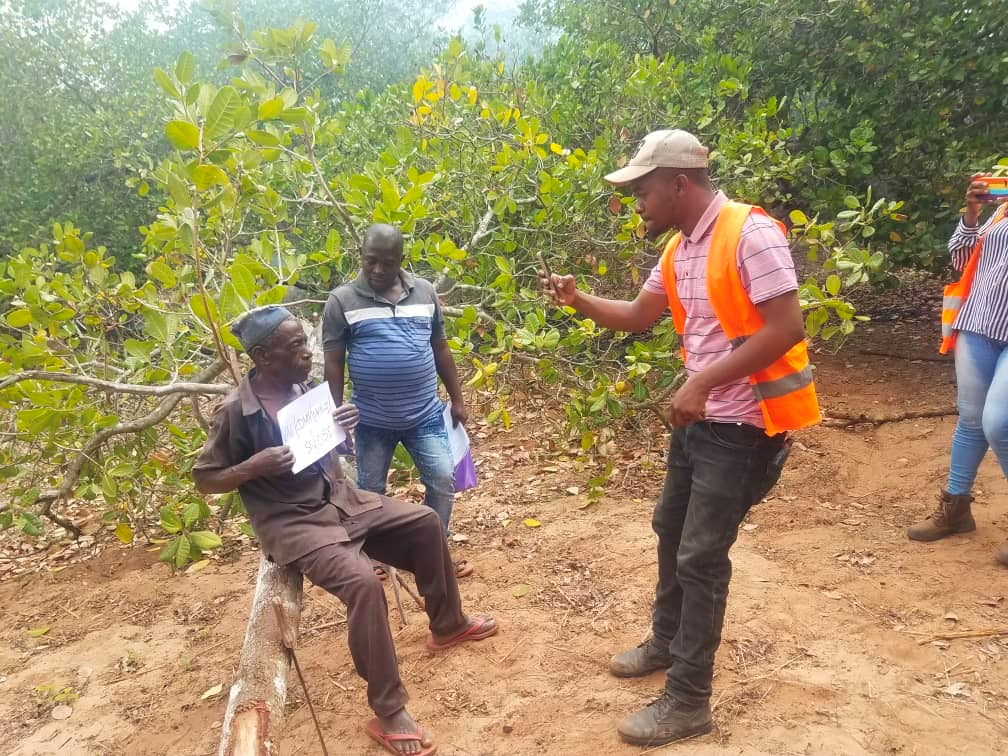An onshore seismic survey is a geophysical method used to study the subsurface structure of the Earth to locate and evaluate subsurface geological features, such as oil and gas reservoirs. The objective of an onshore seismic survey is to generate a detailed image of the subsurface, which can be used to identify potential locations for the
exploration and production of oil and gas.
The onshore seismic survey process involves the use of a specialized piece of equipment called a seismic source to generate seismic waves, which are then reflected and refracted by subsurface geological features. The waves are then detected by a network of geophones, nodes, or seismometers, which measure the movement of the ground caused by the seismic waves. The data collected by the seismometers are then processed and analyzed to generate an image of the subsurface.
There are different types of seismic sources that can be used in an onshore seismic survey, including dynamite, weight drop, and vibroseis. Vibroseis is a commonly used seismic source that uses a hydraulic system to generate seismic waves by vibrating the ground.
The onshore seismic survey process is typically carried out in stages, starting with reconnaissance surveys to identify potential areas for further investigation, followed by more detailed surveys to generate a detailed image of the subsurface. The onshore seismic survey process can have a significant impact on the environment and local communities, including the disruption of land use (damaging crops and other structures), noise and vibration, and the displacement of wildlife. As a result, it is important to ensure that the onshore seismic survey process is carried out in an environmentally responsible manner and that measures are taken to minimize any negative impacts on the environment and local communities.
To minimize social impacts associated with the disruption of crops and damage to other structures, it is imperative for an oil exploration company to ensure these impacts are compensated for.
In Tanzania, the regulatory framework for land valuation and compensation in oil and gas exploration is primarily governed by the Tanzania Petroleum Act of 2015, and the Land Act and Village Land Act, both of 1999.
The Petroleum Act, 2015, specifically chapter 111, states that “Where, in the course of exploration or development operations the license holder and contractor interfere with the rights of the lawful occupier of any land or cause damage to any crops, trees, buildings, stock or works thereon, by virtue of which operations are carried out, the license holder shall be liable to pay to the lawful occupier fair and reasonable compensation in respect of interference or damage in accordance with the right or interest if any, of lawful occupier in the property concerned.”
The Land Act and Village Land Acts set out the framework for the acquisition and compensation of land in Tanzania, including provisions for the compensation of damages of crops, trees, buildings, stock, or works thereon resulting from government or private sector activities. Section 3(1)g gives provisions for payment of FULL, FAIR, and PROMPT Compensation.
The compensation amount is determined based on factors such as the type of crops or property, the extent of damage, and the market value of the affected resources. Where the amount of compensation to be paid is in dispute, either party may refer the matter to Petroleum Upstream Regulatory Agency (PURA).
It is important for oil and gas exploration companies to work closely with local communities to ensure that compensation is fair and adequate. This requires a transparent and participatory process that involves open communication and active engagement with local stakeholders. For example, in Tanzania, some oil and gas companies have established community liaison committees to facilitate communication and resolve disputes over overcompensation. These committees typically include representatives from the company, local communities, and government agencies, and are responsible for negotiating compensation amounts and addressing any other concerns related to the seismic survey.
In addition to compensation for loss or damage, some oil and gas companies also offer compensation for business interruption, as onshore seismic surveys can disrupt local businesses and economic activities. For example, during the seismic survey, some small businesses may be unable to operate or may experience a decrease in customers, leading to a loss of income. In such cases, companies may offer compensation to affected businesses to help mitigate the impact of the seismic survey.
In conclusion, the valuation and compensation of onshore seismic surveys in Tanzania is an important issue that requires close collaboration between oil and gas exploration companies, local communities, and government agencies. The compensation process should be transparent, fair, and effective, considering the needs and interests of all stakeholders. By working together, oil and gas companies, local communities, and government agencies can ensure that onshore seismic surveys are conducted in a way that minimizes their impact and maximizes their benefits.
Tansheq is an engineering consulting firm specializing in environmental and mineral processing. We assist oil and gas exploration companies to develop and implement the Stakeholders Engagement Plan (SEP), conducting biodiversity surveys to minimize damage to critical specials as well as facilitating valuation and compensation of damaged assets during the process.
Author,
Lusako Raphael Mwanjali
CEO-Tansheq Limited

